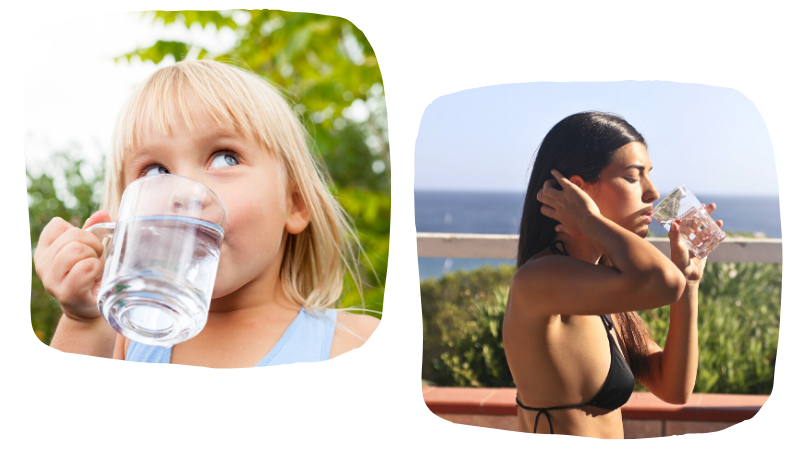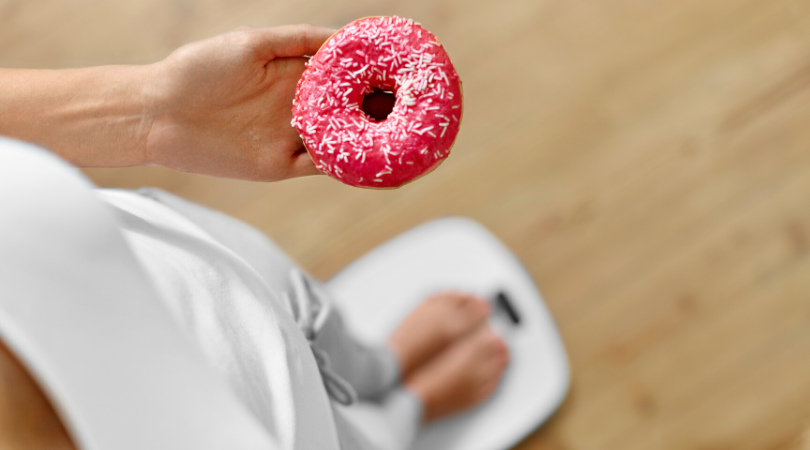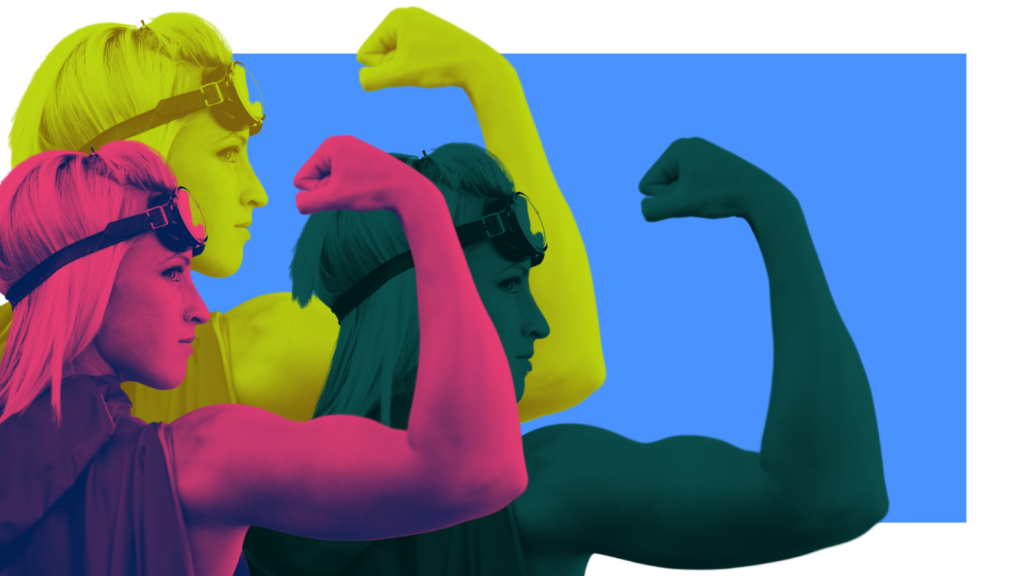What is ketosis and how it differs from ketoacidosis, how to measure ketones, and, more importantly, how to feel this state? Why is ketosis not the main goal of the keto diet? Let’s dive in.
Despite the fact that the keto diet has been well studied and used for a long time, the Internet is still full of horror stories. Dietitians and nutritionists call ketosis ketoacidosis (the words are similar, right?), keto beginners measure the depth of ketosis, forgetting about decency.
No time to read? What is Ketosis in five paragraphs
- Ketosis is a natural state of the body when the body’s energy source is not glucose from carbohydrates but ketones from fats.
- Ketoacidosis is a pathological condition. In ketoacidosis, the amount of ketone bodies in the blood is much more significant than in ketosis. However, high ketones are not the only condition for ketoacidosis. Ketoacidosis can occur in people with diabetes, bodybuilders, and, very rarely, lactating women.
- Ketosis is not dangerous.
- Ketosis is helpful.
- There are three ways to measure ketosis, but you don’t need any of them if you’re following the keto diet as part of a healthy lifestyle and not in a hospital setting.
Ketosis is…
…the natural state of the body. The body can get energy from carbohydrates, proteins (reluctantly, but still), fats, and even alcohol (don’t do it). When we starve (consciously or after food poisoning, for example), we easily enter ketosis and do not even think about it.
On the keto diet, carbohydrates are cut (up to 20-25 g per day), and the body switches from carbohydrates to fats as an energy source.
Our ancient ancestors were mostly starving, which means they were in ketosis.

Ketosis and ketoacidosis. What is the difference?
Ketoacidosis (Diabetic acidosis) is a dangerous condition that requires immediate medical attention. It develops with a lack of insulin but a high concentration of glucose and ketones in the blood.
If you don’t have diabetes, the chances of you developing ketoacidosis on a keto diet are virtually non-existent.
The cause of ketoacidosis may be the loss of electrolytes due to dehydration. Very severe dehydration. For example, this happens to bodybuilders who drink diuretics before competitions.
Extremely rarely, but still, ketoacidosis can occur in a nursing woman. In this case, serious dehydration also occurs – when a woman is breastfeeding twins and both water and electrolytes leave with milk, and she does not have time to really eat. (Such cases have been recorded in the scientific literature. And although they are very few, it is necessary to know about them. However, many women successfully combine breastfeeding and the keto diet).
Signs of ketoacidosis
- intense thirst
- apathy
- lethargy
- rapid breathing
- nausea and vomiting
- pain in the abdomen
Symptoms of ketoacidosis are pronounced. This is not a slight malaise, but, on the contrary, with ketoacidosis, a person is very ill.
Kussmaul’s breathing may also occur because of ketoacidosis. It’s a symptom of a severe metabolic condition in the form of noisy, rare, deep breaths and exhalations.
If you or your relative have signs of ketoacidosis, you should immediately go to the hospital!
In ketoacidosis, not only ketones, but also blood glucose is elevated.
In ketosis, the level of ketones in the blood also rise but remains within the normal range, sufficient to provide a person with energy. At the same time, the levels of insulin and glucose on the keto diet become normal.

Ketosis in numbers
Typically, any healthy person, even eating a carbohydrate diet, has ketones in their blood – no more than 0.3 mmol/L.
Light ketosis starts at 0.5 mmol/liter. In dietary ketosis (when you restrict carbohydrates), the amount of ketones reaches 2.5-3 mmol/L. If you practice intermittent fasting, then during periods without food, you can reach 6-7 mmol/L. For ketoacidosis, figures from 10 mmol/L are characteristic. However, the body’s buffer systems do not allow such figures if a person does not suffer from diabetes.
Optimal ketosis is 1.5-3 mmol/liter. Studies show that it is within these limits that weight loss occurs best. Bigger numbers don’t mean better results on the keto diet. Moreover, you can lose weight and improve your health even with ketones less than 1.5 mmol/L.
How to measure ketosis

There are three types of ketones and different ways to measure them.
- Acetone can be measured by a breath test
- Acetoacetate is present in urine and measured by urine strips
- β-hydroxybutyrate can be found in the blood.
Only a blood test will be accurate and indicative. Both the breath test and the test strips will give only approximate numbers without understanding how successfully your body has learned to break down fats and use them for energy needs. However, making a hole in your finger for interest’s sake is not worth it. If the keto diet is a part of your treatment protocol for neurological disease, then the level of ketones will be closely monitored. In other cases, there is no need to monitor ketosis closely. There are signs of ketosis that are revealing enough.
Signs of ketosis
It is not necessary to buy keto strips or spend money on laboratory tests. You can tell when ketosis is starting by the following signs:
Energy
This is one of the most pleasant keto effects: you have a lot of strength and energy. This is especially clear if you had to go through a period of keto flu. You can count on the circumstance, that after starting the keto diet you will experience a breakdown first, and then you will be working like a nuclear reactor.
No hunger
Experienced keto dieters can eat once a day (don’t try to do it on willpower). A side effect of ketosis is a prolonged feeling of satiety. This is due to the fact that β-hydroxybutyrate affects the production of ghrelin, the hormone of hunger, and cholecystokinin, a neurotransmitter that brings a satiety signal.
Thirst

An unpleasant consequence of ketosis is that you want to drink more than usual. Insulin holds the fluid in the body (and insulin is secreted in excess for carbohydrate utilization). When insulin levels return to normal, the kidneys actively remove water, which requires constant replenishment. Constant drinking also helps eliminate the acetone smell that sometimes appears in ketosis. Another sign of ketosis, which they don’t talk much about, is that you will run to the toilet more often to get rid of this water.
Сlean brain
This is noted by most who go on the keto diet. The “fog” they felt in their head on carbohydrate nutrition is leaving; cognitive functions are improving. Moreover, only with the transition to the keto diet do many people understand that they had those issues with memory, concentration, and speed of thinking.
How to get into ketosis fast
With the transition to the keto diet, many are looking to get into ketosis quickly. Yes, it’s a pleasant state with a lot of bonuses, but remember: nutrition is not a competition. No need to aim for deep ketosis in a week. Enjoy quality changes in your life, eat delicious food. To achieve the keto zen:
✔️ Cut carbohydrates. Ketosis is an individual thing. Some start producing ketones and use them for energy at 25g of carbs. Others need to go down to 10g to feel the effect.
✔️ Eat plenty of healthy fats (butter and ghee, animal fats, coconut, and olive oils). Don’t be afraid of fat. Before you learn how to use fat as your primary fuel, you need to get plenty of fat from your diet. Then there is a chance that you will not experience a breakdown.
✔️ Add sports. Sometimes at the transition stage, training is not easy. But the body won’t start using fat for energy until it uses up its glycogen stores in the liver and muscles. Sport accelerates this process. You don’t have to run marathons or sign up for boxing. Swimming, dancing, morning jogging – choose what you like. But if you feel that the load is beyond your strength now, you don’t need to torture yourself.
✔️ Cut alcohol. You can occasionally have a glass of wine or a shot of alcohol when you get used to the keto diet, but at the beginning, avoid drinking.
✔️ Check food labels. You may think you’ve cut carbs, but hidden carbs in food are often an obstacle on the way to ketosis.
What to do if you’re out of ketosis
It is natural for our body to switch from one type of fuel to another. It was created and improved when there was little food; for the sake of it one had to go far, run, or fight. When your ancient ancestor stumbled upon raspberry bushes, he/she stripped them clean and did not think about ketosis. Our bodies are not used to the abundance of carbohydrates. Therefore, in order not to fall out of ketosis, you need to make sure that the amount of carbohydrates is generally small, even if on some days it exceeds 20-25 g. If you violated the regimen, you don’t need to do anything special (except to draw conclusions, why it happened). Just start a new day with nutritious keto food.

Ketosis gives you a lot of energy, helps reduce inflammation in the body, and improves mood and brain function. On the keto diet, you will be alert, energetic, and independent of food. Learn to listen to your body and determine ketosis by pleasant signs, not by devices. Eat whole natural foods without industrial processing, and think about the quality of the food, not the quantity.
Studies:
Impact of ketosis on appetite regulation-a review

